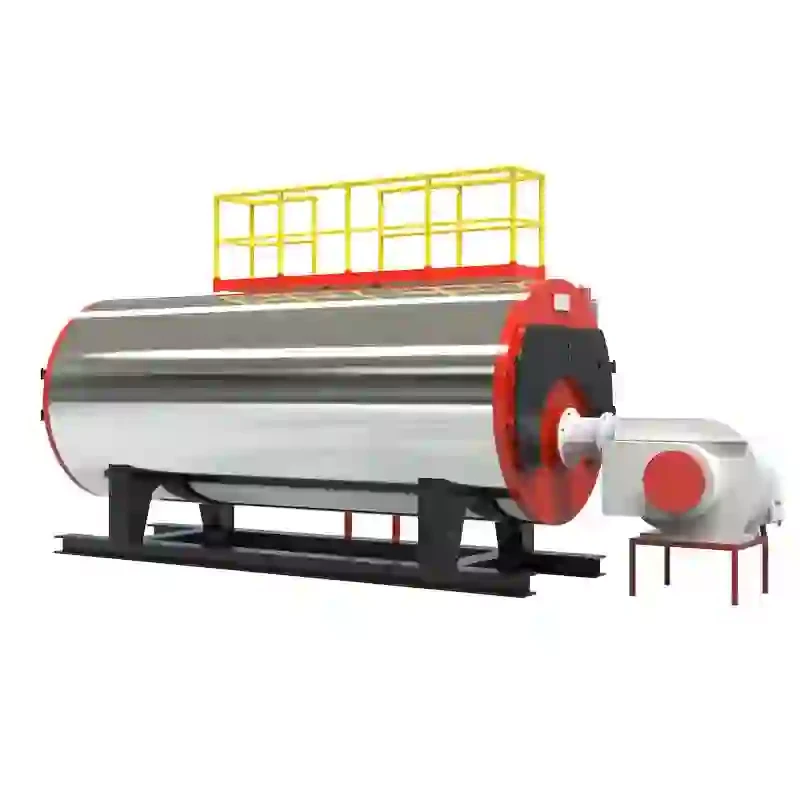
Nov . 18, 2024 04:40 Back to list
coal fired steam boiler china
The Role of Coal-Fired Steam Boilers in China’s Energy Landscape
Introduction
Coal-fired steam boilers have long been a cornerstone of China’s energy infrastructure, playing a crucial role in powering industries and generating electricity. As the world's largest producer and consumer of coal, China relies heavily on this fossil fuel to meet its energy demands. However, this reliance brings with it significant environmental challenges that the country must address in its bid for sustainable development.
The Significance of Coal-Fired Steam Boilers
Coal-fired steam boilers are primarily used in power plants, manufacturing facilities, and other industrial applications. They convert coal into steam through a combustion process, which then drives turbines or is used for various heating applications. In China, these boilers are vital in supplying the base-load electricity required to support the country’s rapid industrialization and urbanization.
China's rapid economic growth since the late 20th century has translated into massive energy needs. Coal-fired steam boilers have provided a reliable and cost-effective means to meet these needs, especially in regions with abundant coal reserves. The widespread use of these boilers has enabled China to achieve remarkable advances in infrastructure and development.
Environmental Concerns
Despite their importance, coal-fired steam boilers contribute significantly to air pollution and greenhouse gas emissions. China faces severe air quality issues, predominantly due to emissions from coal combustion. The burning of coal releases sulfur dioxide (SO2), nitrogen oxides (NOx), and particulate matter, all of which pose severe health risks to the population and can lead to respiratory diseases, heart problems, and premature deaths.
The Chinese government has recognized the urgent need to address these environmental issues. In recent years, it has implemented stringent regulations to control emissions from coal-fired power plants and encourages the adoption of cleaner technologies. The establishment of air quality monitoring systems across major cities and the promotion of energy efficiency improvements in coal-fired steam boilers are steps towards mitigating their environmental impact.
coal fired steam boiler china

Transition to Cleaner Energy Sources
Recognizing the challenges associated with coal reliance, China is actively transitioning toward cleaner energy sources. The government has set ambitious targets for increasing the share of renewable energy in its overall energy mix. Solar, wind, and hydropower have seen significant investment and growth, reflecting China’s commitment to reducing its dependence on coal.
However, the transition is not without challenges. The existing infrastructure remains heavily invested in coal-fired technologies, and many industries rely on these systems for their energy needs. Additionally, the scale of coal consumption complicates the pace of this transition. The Chinese government continues to promote advanced technologies and research into cleaner coal technologies, such as supercritical and ultra-supercritical steam boilers that can operate with higher efficiency and lower emissions.
Future of Coal-Fired Steam Boilers in China
As part of its commitment to the Paris Agreement and its efforts to combat climate change, China has acknowledged the need to reduce its carbon footprint significantly. The future of coal-fired steam boilers in China will likely evolve into a more balanced approach. While the country is expected to continue utilizing coal in the short to medium term, investments will focus on improving the efficiency and emissions control of existing technologies.
This includes upgrading aging coal-fired facilities to incorporate modern pollution control systems and possibly integrating carbon capture and storage (CCS) technologies. Such innovations could allow China to minimize the environmental impact of its coal usage while maintaining energy security during the transition period.
Conclusion
Coal-fired steam boilers have been integral to China's industrial growth and energy supply. However, as environmental concerns mount and the global energy landscape shifts toward sustainability, the future of coal in China must adapt. Through innovation, investment in cleaner technologies, and a commitment to renewable energy, China has an opportunity to reshape its energy future while balancing economic needs and environmental responsibility. The journey ahead will be complex, but with concerted efforts from the government, industries, and society, a sustainable energy landscape is within reach.
-
High-Efficiency Commercial Oil Fired Steam Boiler for Industry
NewsJul.30,2025
-
High-Efficiency Biomass Fired Thermal Oil Boiler Solutions
NewsJul.30,2025
-
High Efficiency Gas Fired Thermal Oil Boiler for Industrial Heating
NewsJul.29,2025
-
High-Efficiency Gas Fired Hot Water Boiler for Sale – Reliable & Affordable
NewsJul.29,2025
-
High Efficiency Biomass Fired Hot Water Boiler for Industrial and Commercial Use
NewsJul.29,2025
-
High-Efficiency Biomass Fired Hot Water Boiler for Industrial Use
NewsJul.28,2025
Related PRODUCTS






















